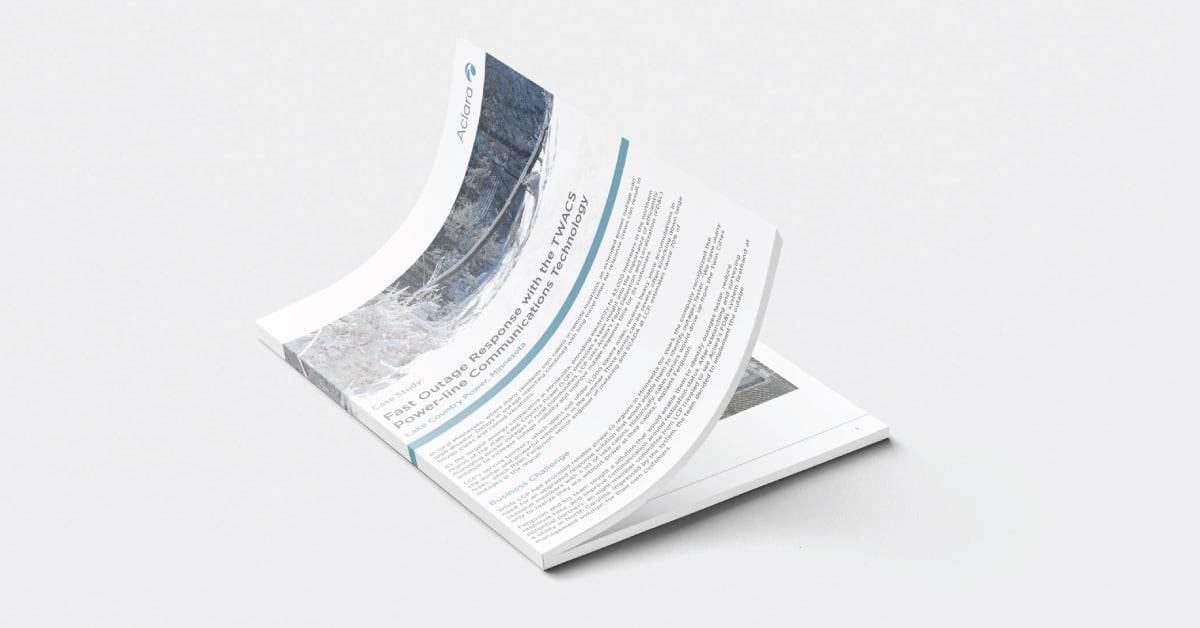Accurate and reliable fault detection is a must-have for utilities when responding to power outages in remote areas. Our case study, Fast Outage Response with the TWACS Power-line Communication Technology, describes how one cooperative in rural Minnesota deployed Aclara's fault detection and localization (FD&L) to expedite outage response in their district.
As the largest energy cooperative in Minnesota, Lake Country Power (LCP) is keenly aware of the challenges associated with managing power in rural locations. The cooperative supplies electricity to 43,000 members across a region that receives heavy snow accumulations in the winter and powerful windstorms in the summer.
Enhancing Grid Reliability with Fault Detection & Localization
While LCP had provided power to their customers for years before adopting FD&L, they recognized the need for an upgraded solution that would allow them to improve the reliability of their grid and respond to outages faster. After surveying multiple options, the cooperative made the decision to upgrade to Aclara’s FD&L solution. FD&L identifies faults on the Aclara two-way communications system (TWACS), an advanced metering infrastructure (AMI) solution that operates on LCP’s power lines.
FD&L uses algorithms to determine when and how often meters need to be assessed. These algorithms help identify the scope and duration of an outage, as well as uncover any isolated incidents caused by previously unnoticed damage.
Key Results
LCP actively uses TWACS and FD&L every day to collect information on affected lines, circuits, and meters. This data has enabled the cooperative to respond to outages more efficiently, even before customers can call them in. Beyond expedited response time, LCP has seen a variety of additional benefits from FD&L, including the following:
- 100% visibility into meters that are not communicating
- Improved fault detection and response to nested outages
- More accurate details on outages and affected areas
- Insight into every fault in their service thanks to real-time mapping
Download the Case Study Today
To learn more about how Aclara FD&L technology can be used to improve power line communication and outage response in rural areas, download the full case study here.

